Explore the Past, Shape the Future
Explore
the Past,
Shape the
Future
Student learning activities about the Holocaust
Student
learning
activities about
the Holocaust
Scroll down to access student-directed activities to increase knowledge about Holocaust history, antisemitism, and related issues. Inquiry-driven learning pathways encourage critical thinking, reflection, and understanding of this history and its ongoing meaning. Most activities can be completed within one class period, as stand-alone learning, or as a part of comprehensive instruction with Echoes & Reflections.
STUDENT ACTIVITIES
FOUNDATIONAL LEARNING ON HOLOCAUST HISTORY AND HOW IT IMPACTS TODAY’S WORLD.
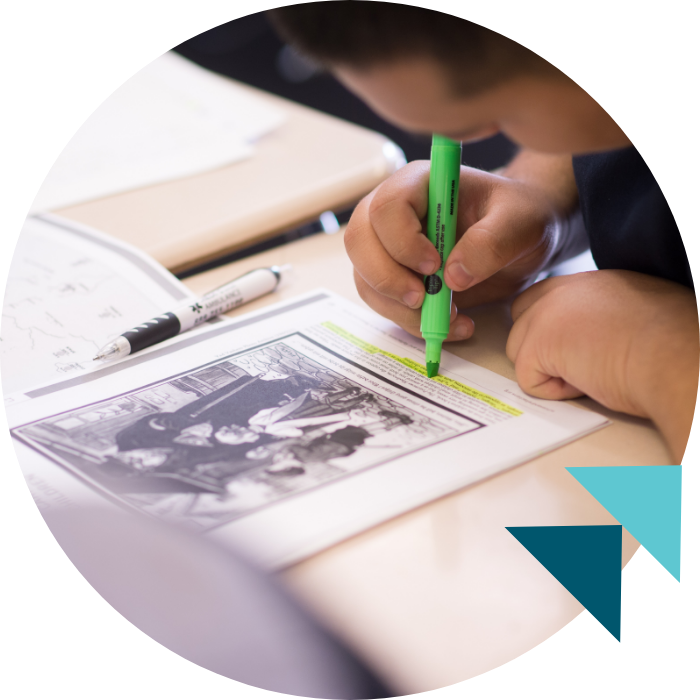 |
 |
|
Using the historic lens of Nazi propaganda, students will develop an understanding of media literacy and consider its power to impact individuals and societies. |
|
|
|
|
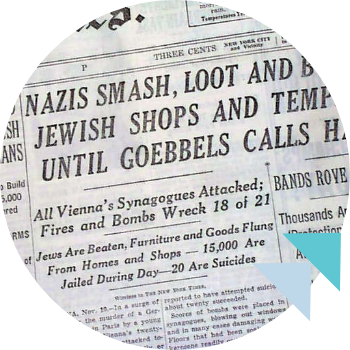 |
 |
|
Students will explore what knowledge American citizens had about the Holocaust, including the information shared with both the government and the general public. |
|
|
|
|
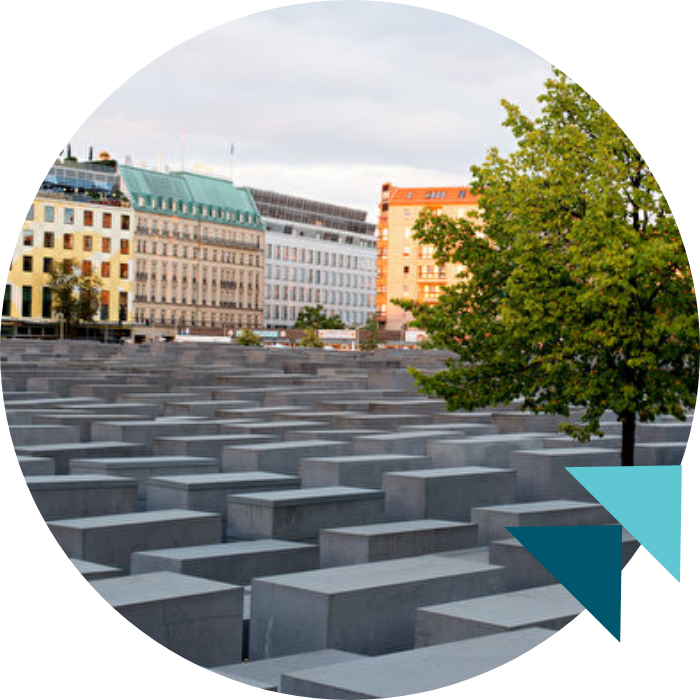 |
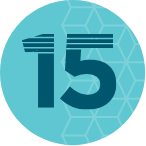 |
|
Through visual examination, students learn why and how different locations have chosen to memorialize the Holocaust, while considering the challenges and impact of these decisions. |
|
|
|
|
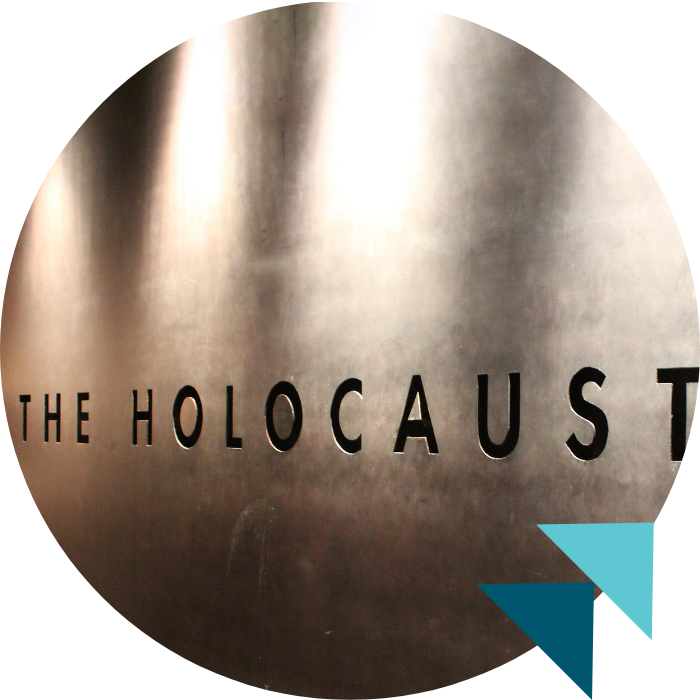 |
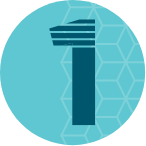 |
|
Students explore and analyze definitions of the Holocaust and create their own working definition to share with classmates. |
|
|
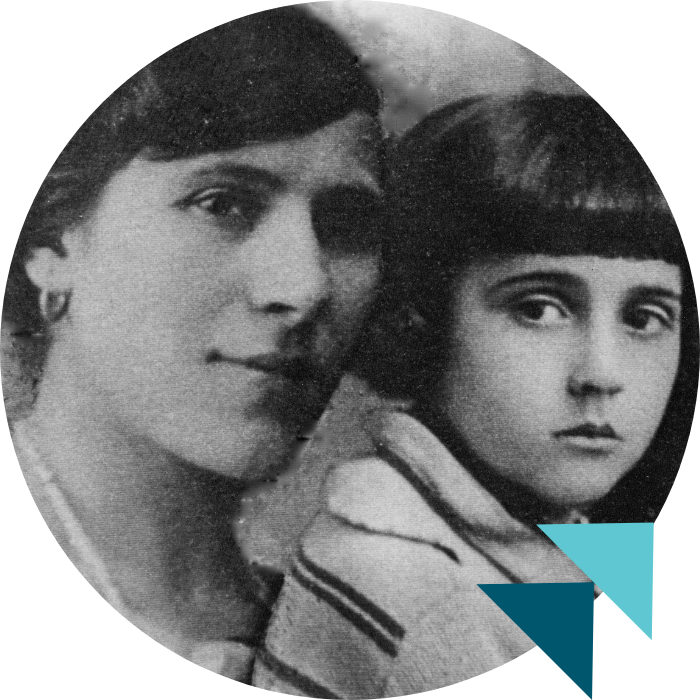 |
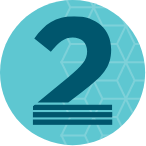 |
|
Through an immersive IWalk focusing on Holocaust survivor Itka Zygmuntowicz, students learn about pre-war Jewish life and Itka’s personal experiences with antisemitism as a child in 1930s Poland. |
|
|
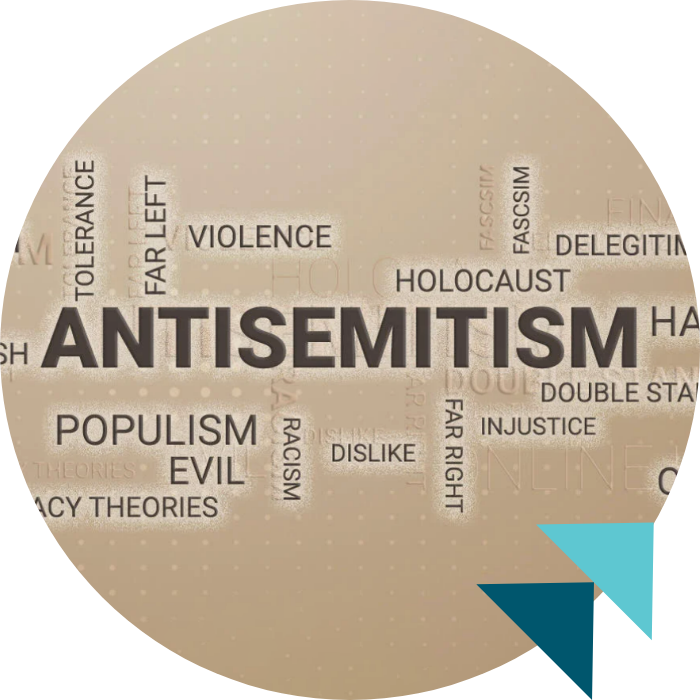 |
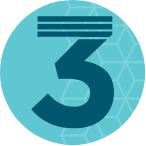 |
|
Students develop an understanding antisemitism as a historical concept, and - using a variety of interactive tools - explore why and how the Nazi Party used antisemitism to galvanize German citizens. |
|
|
 |
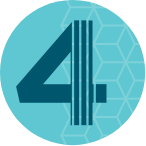 |
|
Students explore manifestations of antisemitism in today’s society, and how to communicate about its presence and the harm it causes in society. |
|
|
 |
 |
|
Using the historic lens of Nazi propaganda, students will develop an understanding of media literacy and consider its power to impact individuals and societies. |
|
|
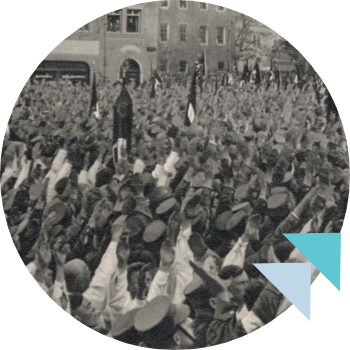 |
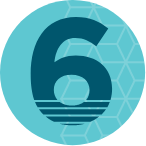 |
|
Students will explore the fragility of democracy in Weimar Germany (1918-1933) and discover how these vulnerabilities led to the rise of antisemitism and Nazism. |
|
|
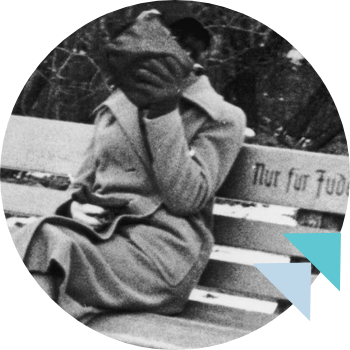 |
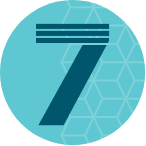 |
|
Students will examine the escalation of hate during the Holocaust and consider how this process can be disrupted by the choices, actions, and decisions of individuals and groups. |
|
|
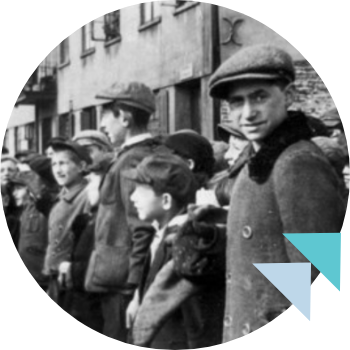 |
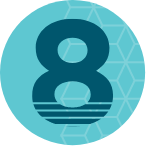 |
|
During this Virtual IWalk, students follow the footsteps of Ellis Lewin, a Jewish survivor of the Holocaust, to examine his experiences in the Łódź ghetto as a young boy. |
|
|
 |
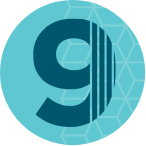 |
|
Students will be introduced to the concept of resistance and learn how it was exhibited in different forms during the Holocaust — such as spiritual, cultural and armed. |
|
|
 |
 |
|
Students will explore what knowledge American citizens had about the Holocaust, including the information shared with both the government and the general public. |
|
|
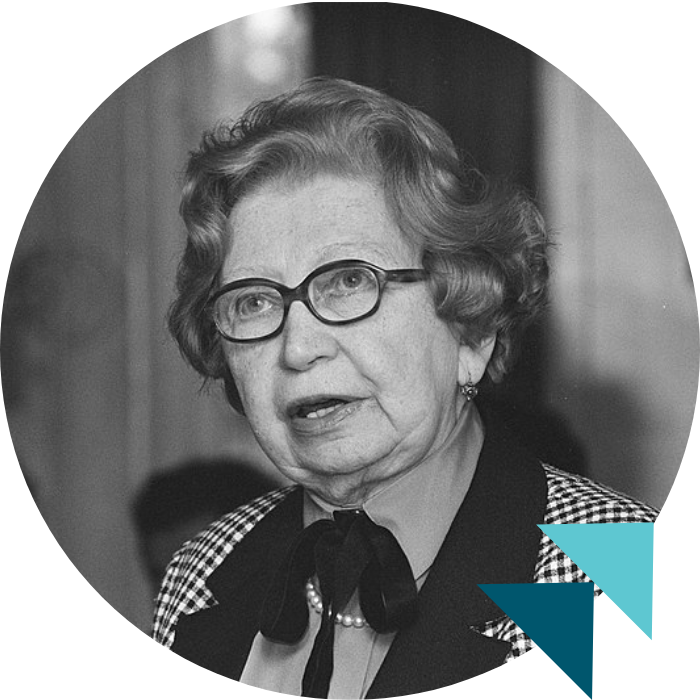 |
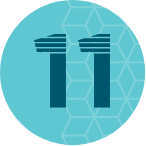 |
|
Students examine the choices individuals made in deciding to participate in rescue efforts during the Holocaust, with a special focus on the story of Anne Frank. |
|
|
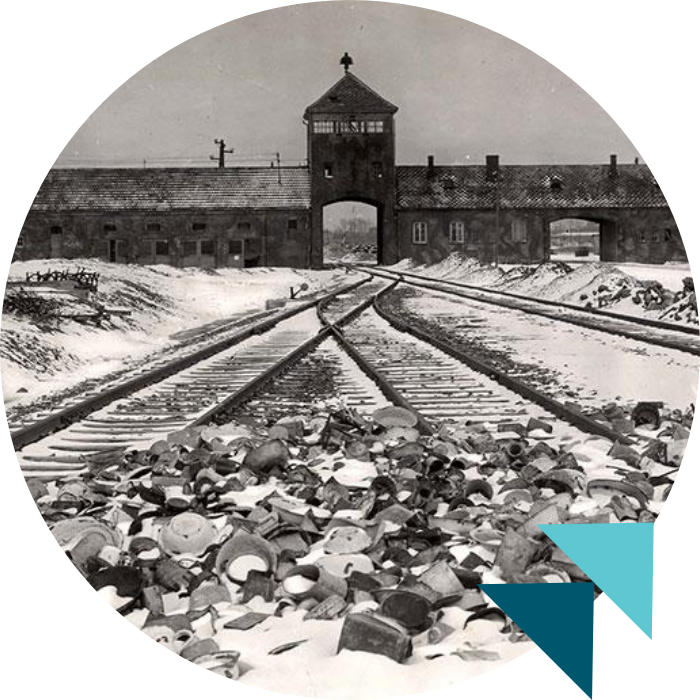 |
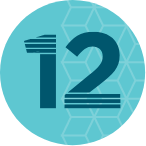 |
|
During this IWalk, students follow the footsteps of Dora Freilich, a Jewish survivor of the Holocaust, to learn about her experiences in the Auschwitz-Birkenau concentration/death camp. |
|
|
 |
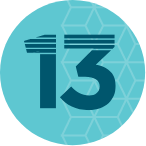 |
|
Students will explore the impact that confronting the Nazi atrocities had on the American soldiers who participated in the liberation of the camps. |
|
|
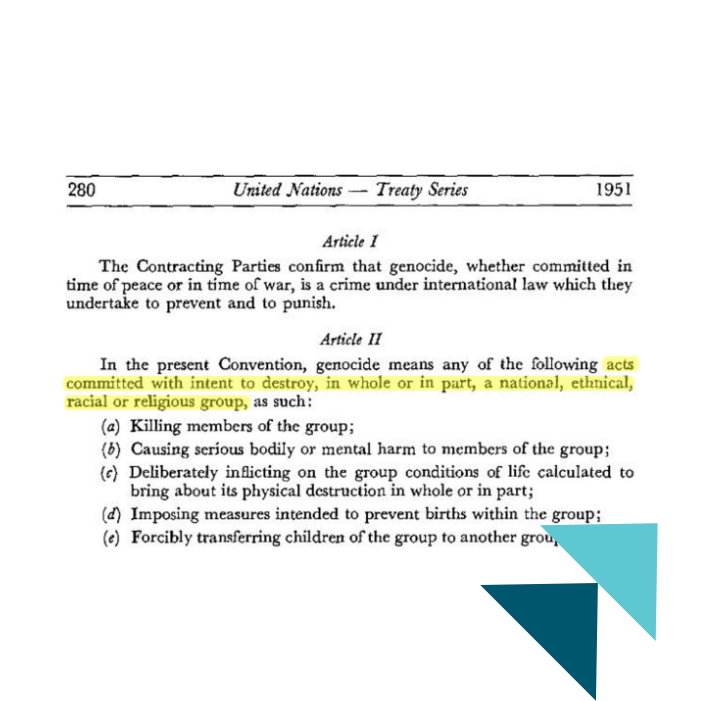 |
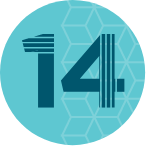 |
|
Students develop an understanding of the term genocide, how this term was created, and the human impact of genocide. |
|
|
 |
 |
|
Through visual examination, students learn why and how different locations have chosen to memorialize the Holocaust, while considering the challenges and impact of these decisions. |
|
|
The above activities are accessed through USC Shoah Foundation’s IWitness platform, allowing educators to assign activities to students, track progress, and assess learning via provided rubrics. Students are able to interact and share their learning with teacher and classmates.
Simple, free IWitness registration can be done here.
Learn more about creating an IWitness group for your students here.
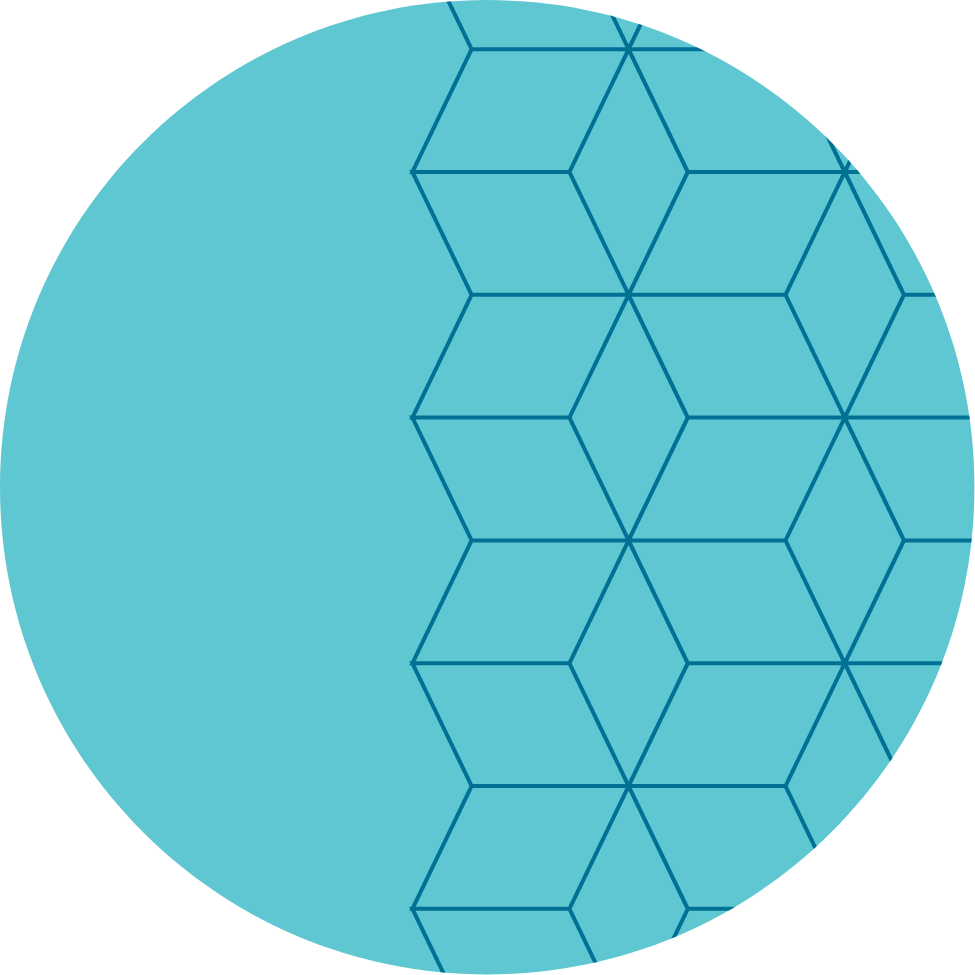





















 English
English













